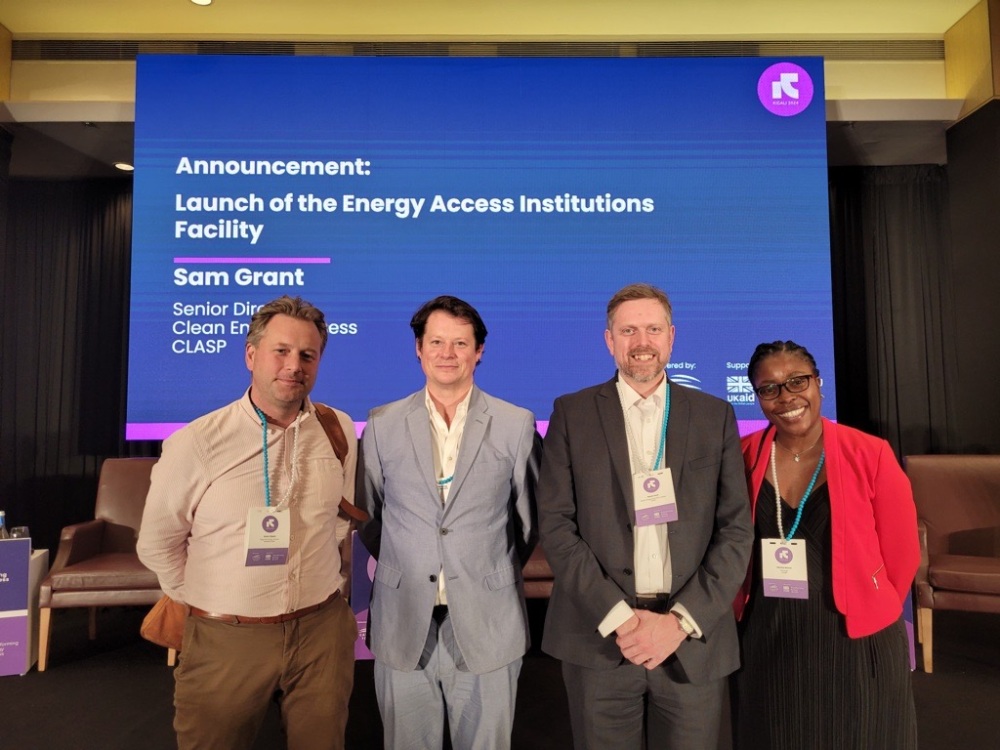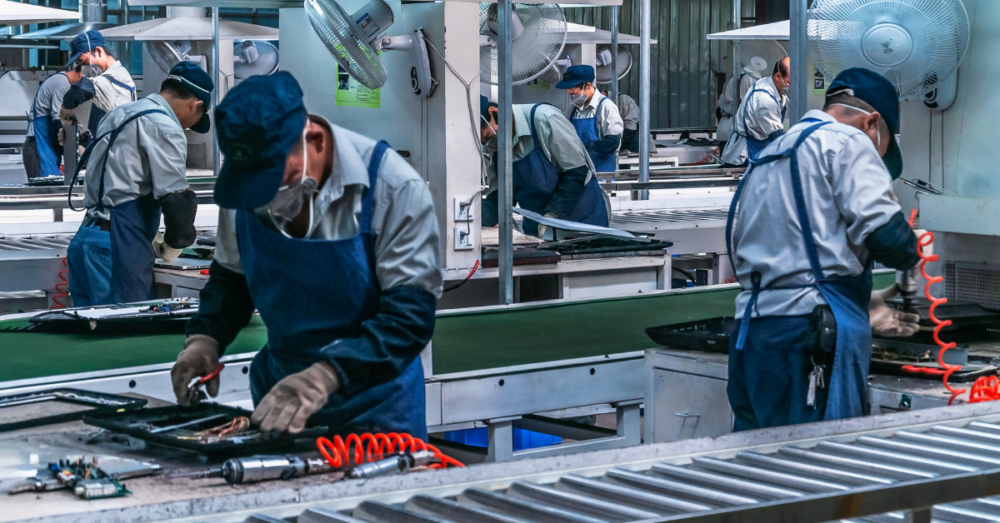Phasing Out Mercury-Based Lighting Offers Environmental and Consumer Benefits, Report Finds
A new report by the Swedish Energy Agency and CLASP shows that eliminating three common fluorescent bulbs from European markets would significantly reduce toxic mercury pollution, while also reducing carbon emissions equivalent to four coal-fired power plants, and saving consumers money.
The European Commission is considering whether to continue allowing certain fluorescent light bulbs containing toxic mercury to be sold in the EU. Mercury is a toxic substance that can damage the nervous, digestive and immune systems, among other health effects. Since 2003, the European Commission’s Restriction of Hazardous Substances (RoHS) Directive has allowed the sale of fluorescent bulbs through exemptions based on a historical lack of mercury-free alternatives.
The new study recommends eliminating some exemptions in September 2021. The analysis found ample mercury-free light-emitting diode (LED) lamps on the European market that can directly replace the fluorescent lamps. “The report confirms what we are already seeing in terms of plug-and-play solutions in the market,” said Peter Bennich, Principal Adviser for Energy Efficiency at the Swedish Energy Agency and one of the report’s authors. “Building owners and companies are shifting to LED tubes by the million, installing them directly into their existing fluorescent fixtures – the exemptions for fluorescent lighting in RoHS are no longer needed.”
The new analysis finds that eliminating special exemptions for three of the most common types of fluorescent bulbs used in the EU would, by 2030, eliminate a cumulative 2.6 metric tonnes of mercury from lighting and avoid a further 2.2 metric tonnes of mercury emissions from coal-fired power plants as a result of the higher energy efficiency of LED bulbs. It would also eliminate a cumulative 40.9 million metric tonnes of CO2 emissions through energy savings by 2030, and save European consumers €12.5 billion. The CO2 reduction is equivalent to the emissions from four 250 megawatt coal-fired power plants over the same time period.
The most common screw-in compact fluorescent bulbs are already slated to be removed from the market in September 2021 based on the wide availability of cost-effective LED alternatives. On February 12, the European Commission’s Environment Directorate will convene a technical meeting to consider whether to extend exemptions for three other types of fluorescent bulbs or whether significant advances in the availability, cost and inter-operability of LED retrofit options render those exemptions unnecessary.
Michael Scholand, a CLASP senior advisor and the other report author, said, “The LED retrofits are highly cost effective. In our literature review, we found OSRAM calculates the payback period for replacing a fluorescent tube with an LED tube can be as short as 4 months. Considering these lamps last for over 7 years, that adds up to lot of savings for building owners and tenants.”
The study included a survey of advertising materials and technical documentation from major lighting manufacturers for LED products that replace fluorescent lighting, a market survey of products available on the Amazon shopping website in Germany, and phone- and email-based interviews with LED bulb manufacturers. It assesses the technical and market availability of drop-in replacements for three types of fluorescent lamps: two diameters of linear fluorescent “tube” lamps (T5 and T8), and pin-based compact fluorescent lamps, known as CFLni lamps. Taken together these three categories make up the vast majority of fluorescent lamps remaining in the European market.
“The evidence supports eliminating these exemptions for bulbs that have easy-to-install, cost-effective replacements,” said Marie Baton, CLASP’s Europe program lead. “Furthermore, removing toxic substances from the market and reducing greenhouse gas emissions align with the objectives of the European Green Deal that was announced by the Commission on 11 December 2019.”
The European Commission’s Environment Directorate has not said when it will issue a decision regarding the RoHS exemptions.
Click here to read the report.
28 Feb. 2020 Update: The Swedish Energy Agency and CLASP published a related report with additional analysis on this topic: Assessing Annex III Fluorescent Lamp Exemptions in the Light of Scientific and Technical Progress: Report to the Committee on the Restriction of Hazardous Substances.









